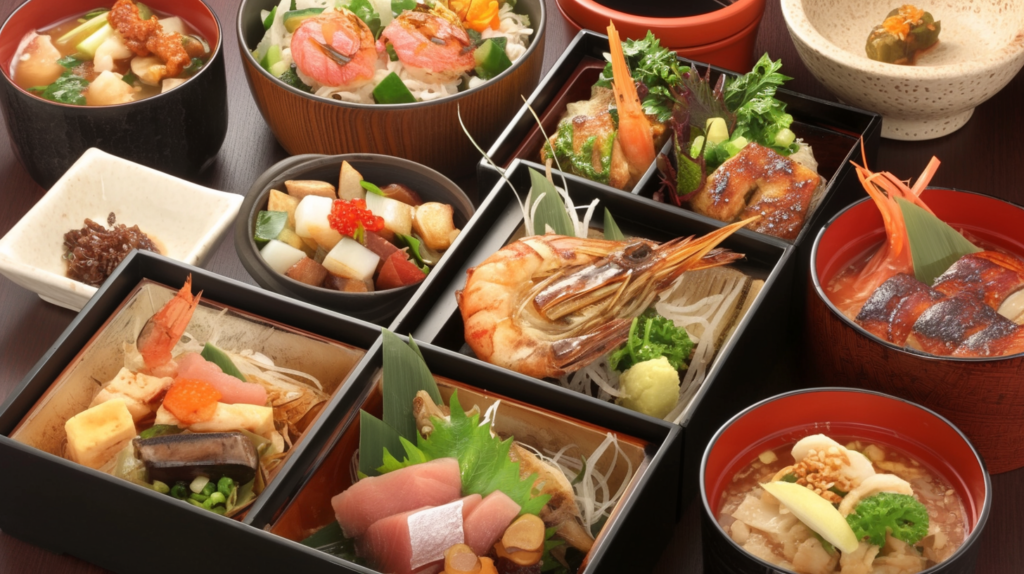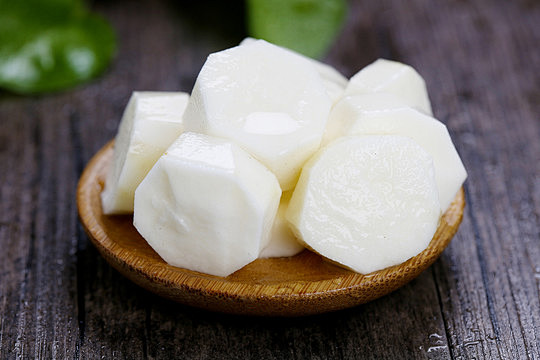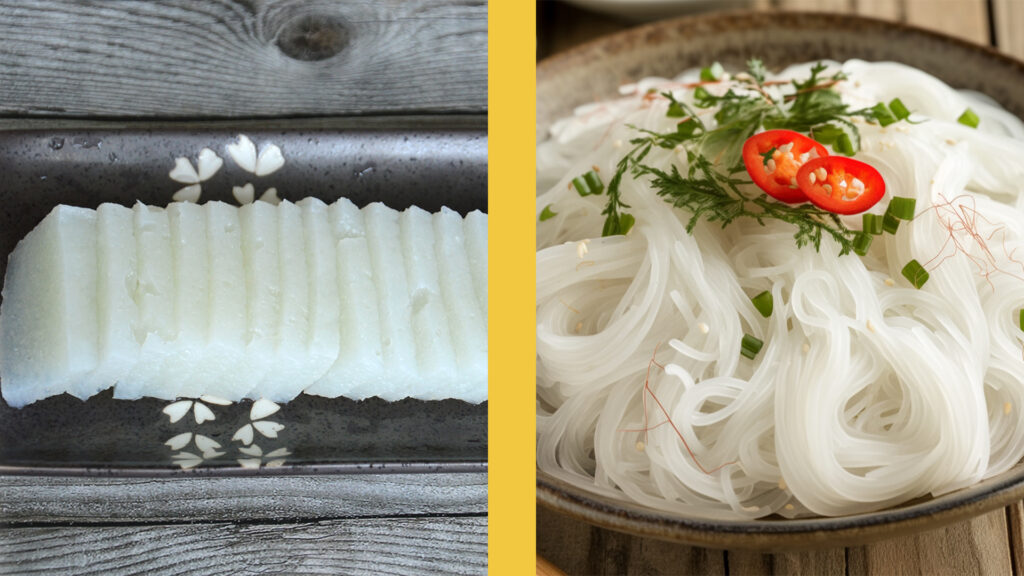
Contact Us through info@lovekonjac.com
Oden, a quintessential Japanese winter dish, is a hearty stew renowned for its robust flavors and comforting warmth. Rooted in centuries of tradition, Oden features an assortment of ingredients simmered in a savory broth until tender perfection is achieved. From daikon radish and fish cakes to boiled eggs and konjac, Oden encompasses a diverse array of ingredients, each contributing to its unique flavor profile.

Oden traces its roots back to the streets of Japan, where it has been warming hearts and satisfying appetites for centuries. Historically, Oden emerged during the Edo period, gaining popularity as a hearty and comforting meal enjoyed during the chilly winter months. Its humble beginnings can be attributed to street vendors who crafted this dish using simple yet flavorful ingredients, making it accessible to people from all walks of life.
Oden is characterized by its simmered ingredients in a flavorful broth. The key to its delicious taste lies in the carefully selected ingredients, each adding its own distinct flavor and texture to the dish.
At the heart of oden is the dashi broth, a savory stock made from kombu (dried kelp) and katsuobushi (dried bonito flakes). This umami-rich broth forms the base of oden, infusing the ingredients with depth of flavor.
Daikon Radish

The daikon radish is a common ingredient in oden, prized for its ability to absorb the flavors of the broth while maintaining a tender texture. Sliced into thick rounds, daikon adds a mild sweetness to the dish.
Konjac

In oden, konjac is typically served in two main forms: konjac tofu and shirataki noodles. This ingredient, with a history of consumption in Japan for millennia, is derived from a type of konjac plant. It’s prized for its health benefits, being rich in dietary fiber, sugar-free, low-calorie, and low-fat. Konjac has a unique ability to absorb the flavors of the broth it’s cooked in, while also adding a satisfying chewiness to oden, enhancing the overall dining experience by complementing the other ingredients with its light yet substantial texture.
Tofu

Silken tofu is another staple ingredient in oden. Soft and creamy, tofu absorbs the flavors of the broth and pairs well with other ingredients. It adds protein and a smooth texture to the dish.
Fish Cakes

Fish cakes, or kamaboko, are thinly sliced and served in various shapes and designs. Made from pureed fish paste, they have a delicate flavor and smooth texture. Fish cakes come in different colors and patterns, adding visual appeal to oden.
Boiled Eggs

Boiled eggs are a classic addition to oden, providing protein and richness to the dish. They are often simmered in the broth, absorbing its flavors and taking on a soft, custard-like texture.
Beyond its culinary appeal, Oden holds a special place in Japanese society, serving as a nostalgic reminder of cherished traditions and communal gatherings. It is often enjoyed with friends and family, especially during seasonal festivals and gatherings. The act of sharing a steaming bowl of Oden fosters camaraderie and warmth, reinforcing bonds and creating lasting memories.
In addition to its delicious taste and cultural significance, Oden also boasts several health benefits. Packed with nutrient-rich ingredients such as vegetables,konja, tofu, and fish cakes, it offers a balanced combination of protein, fiber, and essential vitamins. Furthermore, the slow-cooking process helps to retain the nutritional integrity of the ingredients, making Oden a wholesome and nourishing meal choice.